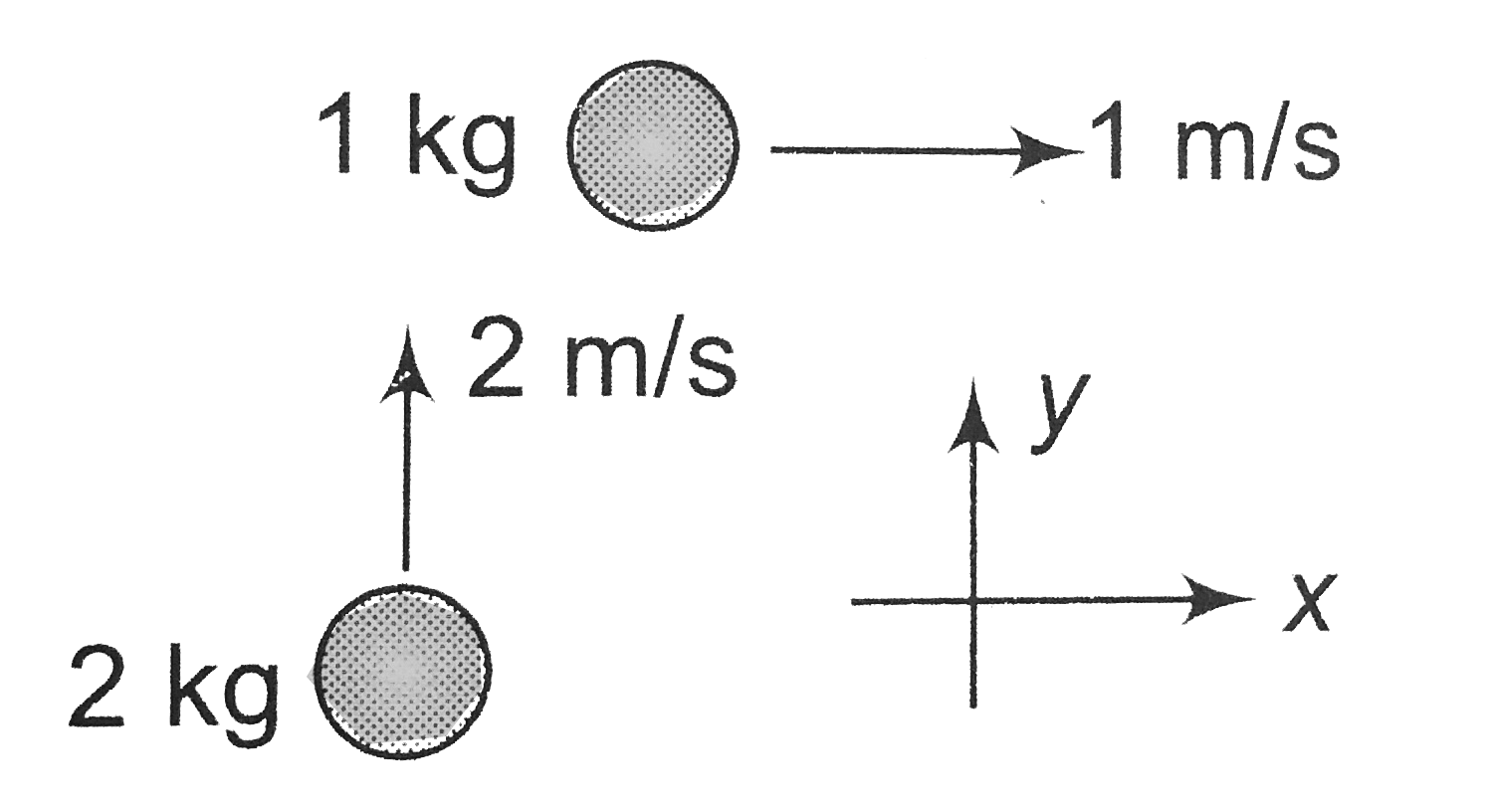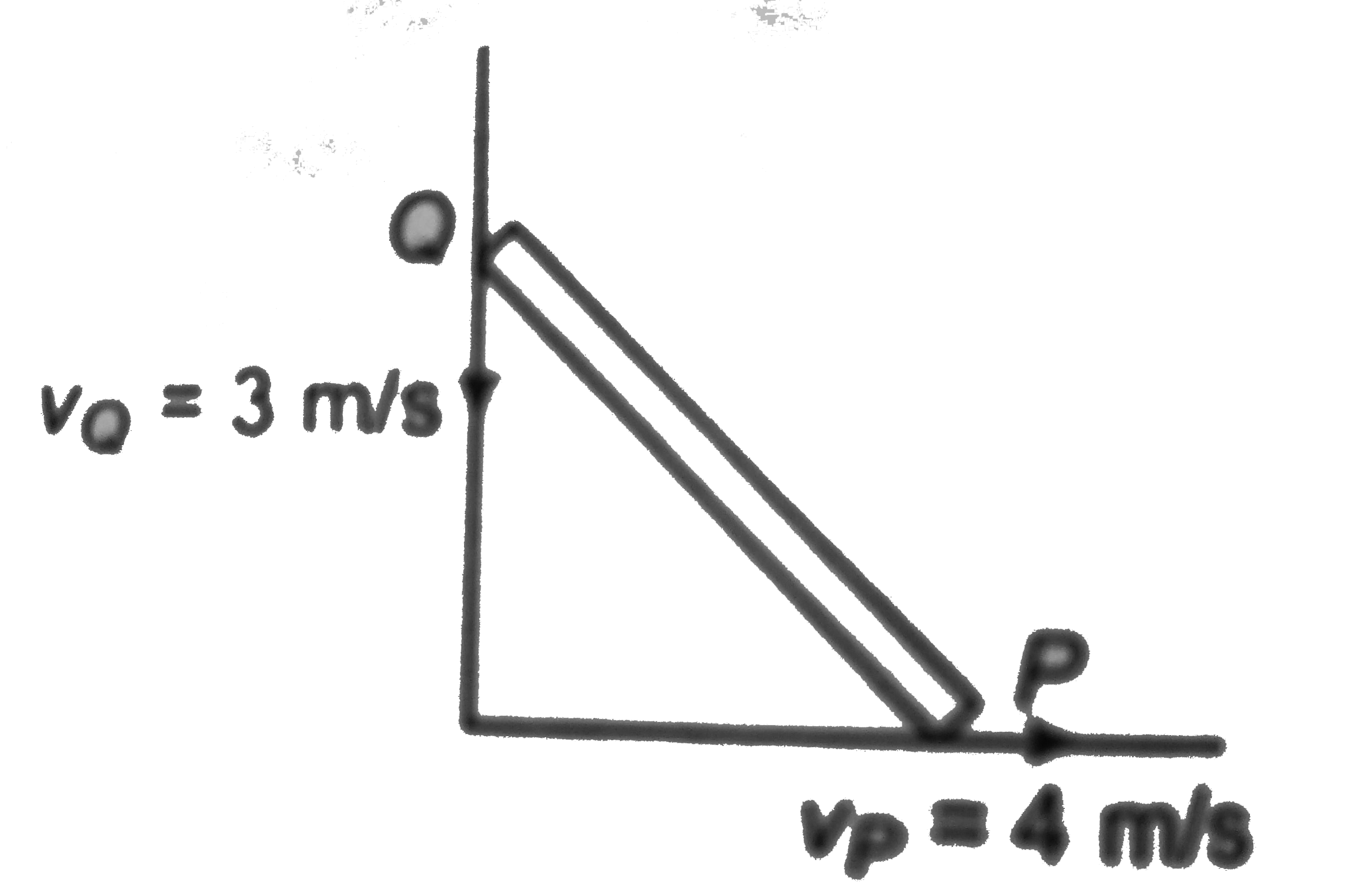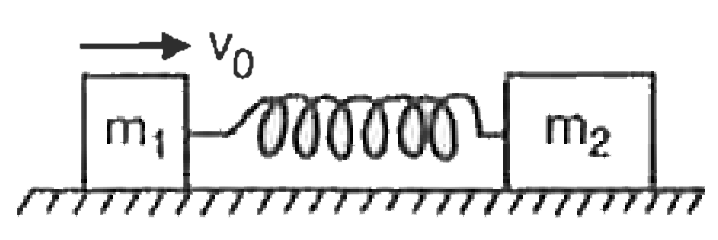Two bodies of mass m1=1kg and m2=2kg move towards each other in mutually perpendicular directions at velocities v1=3m/s and v2=2m/s (Fig). As a result of collision, the bodies stick together. Determine the amount of heat Q liberated as a result of collisions.

Step by step video & image solution for Two bodies of mass m_(1) = 1kg and m_(2) = 2kg move towards each other in mutually perpendicular directions at velocities v_(1) = 3m//s and v_(2) = 2m//s (Fig). As a result of collision, the bodies stick together. Determine the amount of heat Q liberated as a result of collisions. by Physics experts to help you in doubts & scoring excellent marks in Class 12 exams.
Topper's Solved these Questions
Similar Questions
Find the loss of KE of the two particles of mass m1=3kg&m2=6kg, moving towards each other with speed u1=5m/s,u2=10m/s respectively. The coefficient of restitution of collision of the particles is e = 0.5.
View SolutionTwo bodies of masses m1 and m2 are moving with velocities 1ms−1 and 3ms−1 respectively in opposite directions. If the bodies undergo one dimensional elastic collision, the body of mass m1 comes to rest. Find the ration of m1 and m2.
View Solution
Knowledge Check
- Question 1 - Select One
Two bodies of masses 1kgand2kg are moving in two perpendicular direction with velocities 1m/sand2m/s as shown in figure. The velocity of the centre of mass (in magnitide) of the system will be :
 A3m/sB1.67m/sC1.5m/sD1.37m/s
A3m/sB1.67m/sC1.5m/sD1.37m/s - Question 2 - Select One
Two bodies of masses 0.1 kg and 0.4 kg move towards each other with the velocities 1 m/s and 0.1 m/s respectively, After collision they stick together. In 10 sec the combined mass travels
A120 mB0.12 mC12 mD1.2 m - Question 3 - Select One

A uniform rod of mass m=2kg and length l=0.5m is sliding along two mutually perpendicular smooth walls with the two ends P and Q having velocities UP=4m/s and vQ=3m/s as shown thenAThe angular velocity of rod, ω=10rad/s counter clockwiseBThe angular veloicty of rod ω=5.0rad/s counter clockwieCThe velocity of centre of mass of rod vcm=2.5m/sDThe total kinetic energy of rod, K=253joule
Two bodies with masses m1 = 1kg and m2= 2kg are connected by a spring of force constant k=24Nm−1. The left ball is imparted an initial velocity v0=12 cm/s. Find (a) the frequency of the oscillations (b) the energy and the amplitude of the osciallations.
 View Solution
View SolutionTwo blocks, with masses m12.5kg and m2=14kg, approach each other along a horizontal, frictionless track, The initial velocities of the blocks are v1=12.0m/s to the right an dv2=3.4m/s to the left. The two blocks then collide and stick together. Which of the graph could represent the force of block 1 on block 2 during the collision ?
View SolutionTwo blocks of masses m1=2kg and m2=4kg are moving in the same direction with speeds v1=6m/s and v2=3m/s, respectively on a frictionless surface as shown in the figure. An ideal spring with spring constant k=30000N/m is attached to the back side of m2. Then the maximum compression of the spring after collision will be
 View Solution
View SolutionA body of mass 3kg moving with a velocity of 4m/s towards left collides head on with a body of mass 4kg moving in opposite direction with a velocity of 3m/s. After collision the two bodies stick together and move with a common velocity which is
View SolutionA mass of 20 kg moving with a speed of 10 m / s collides with another stationary mass of . 5kg As a result of the collision, the two masses stick together. The kinetic energy of the composite mass will be
View Solution

